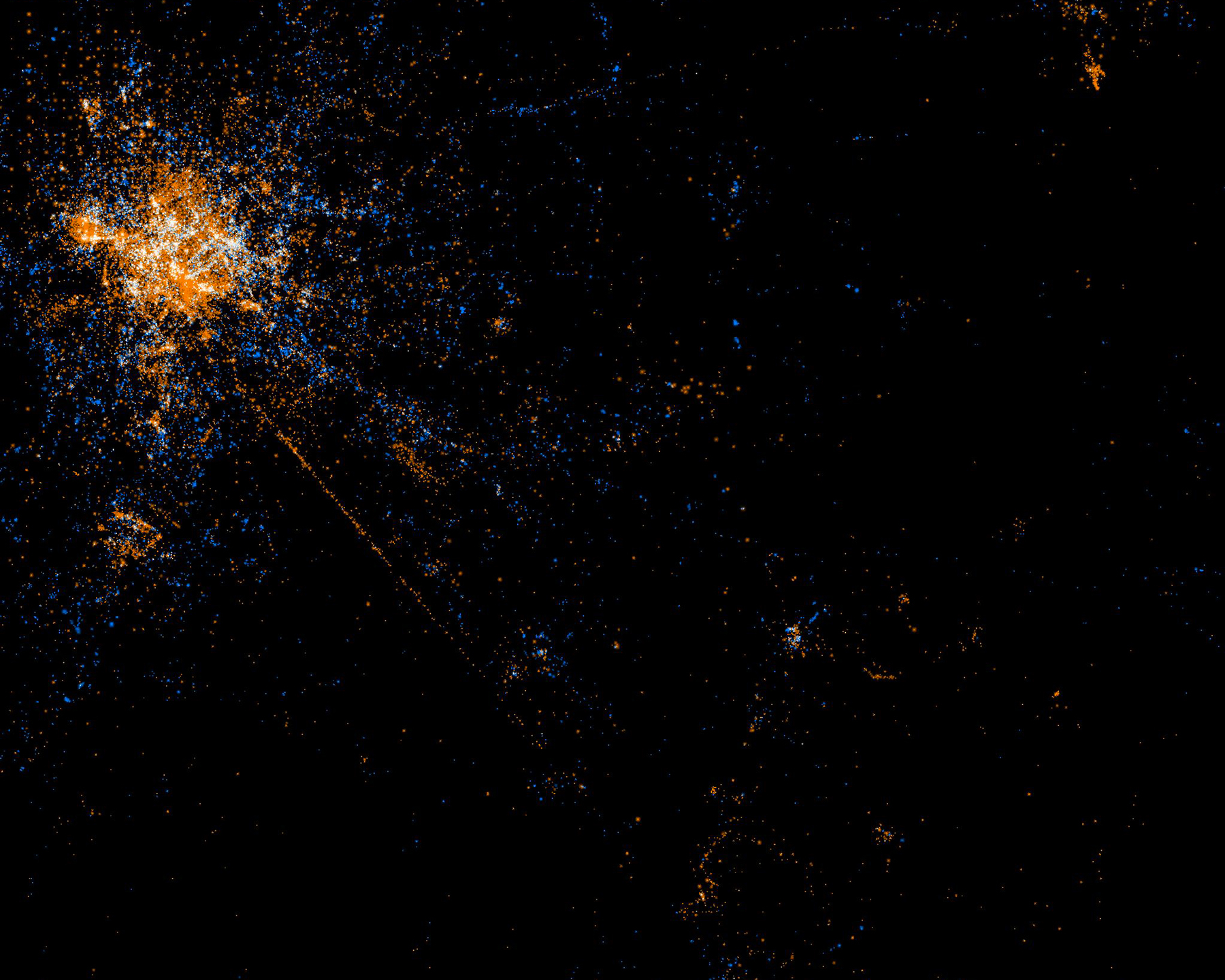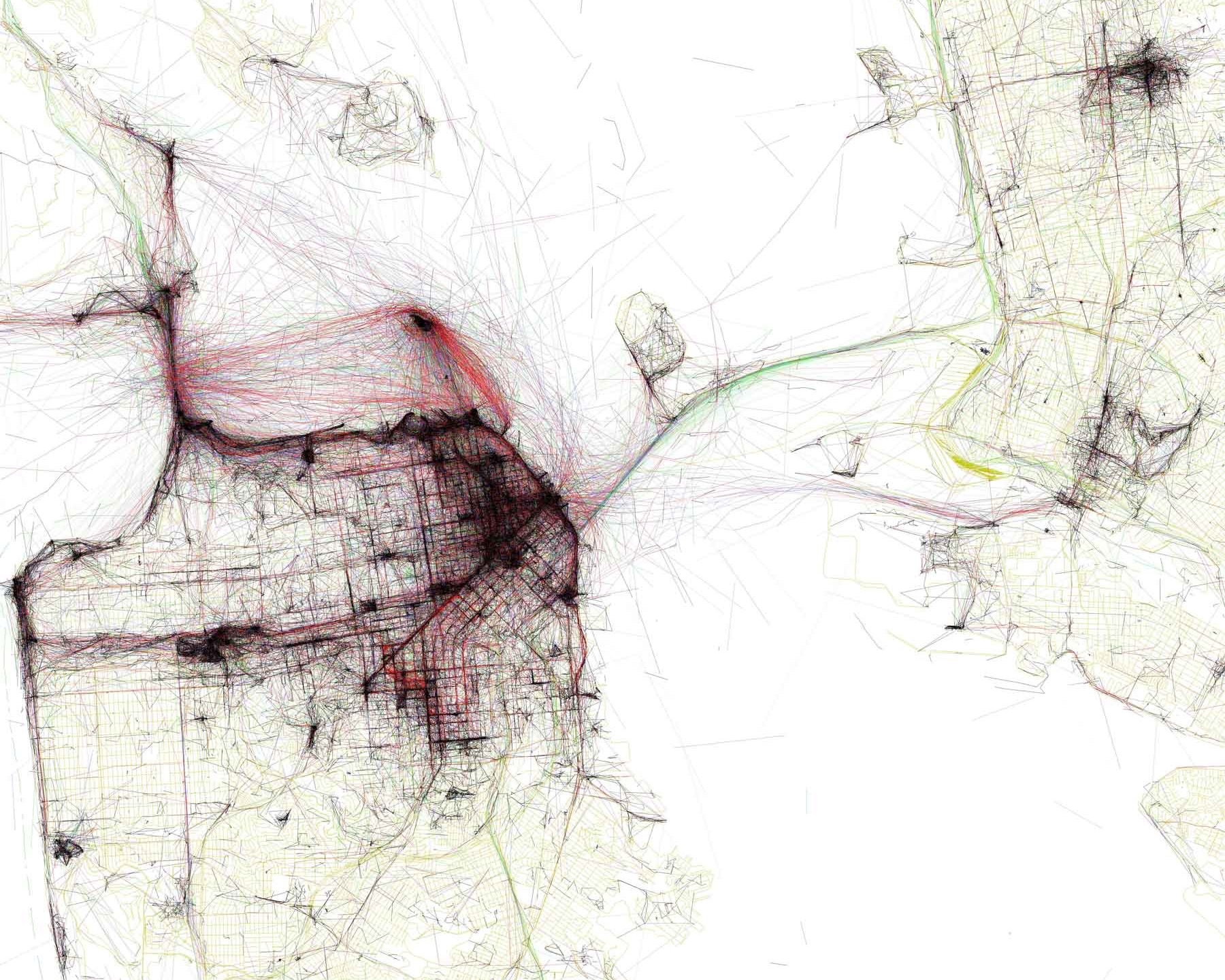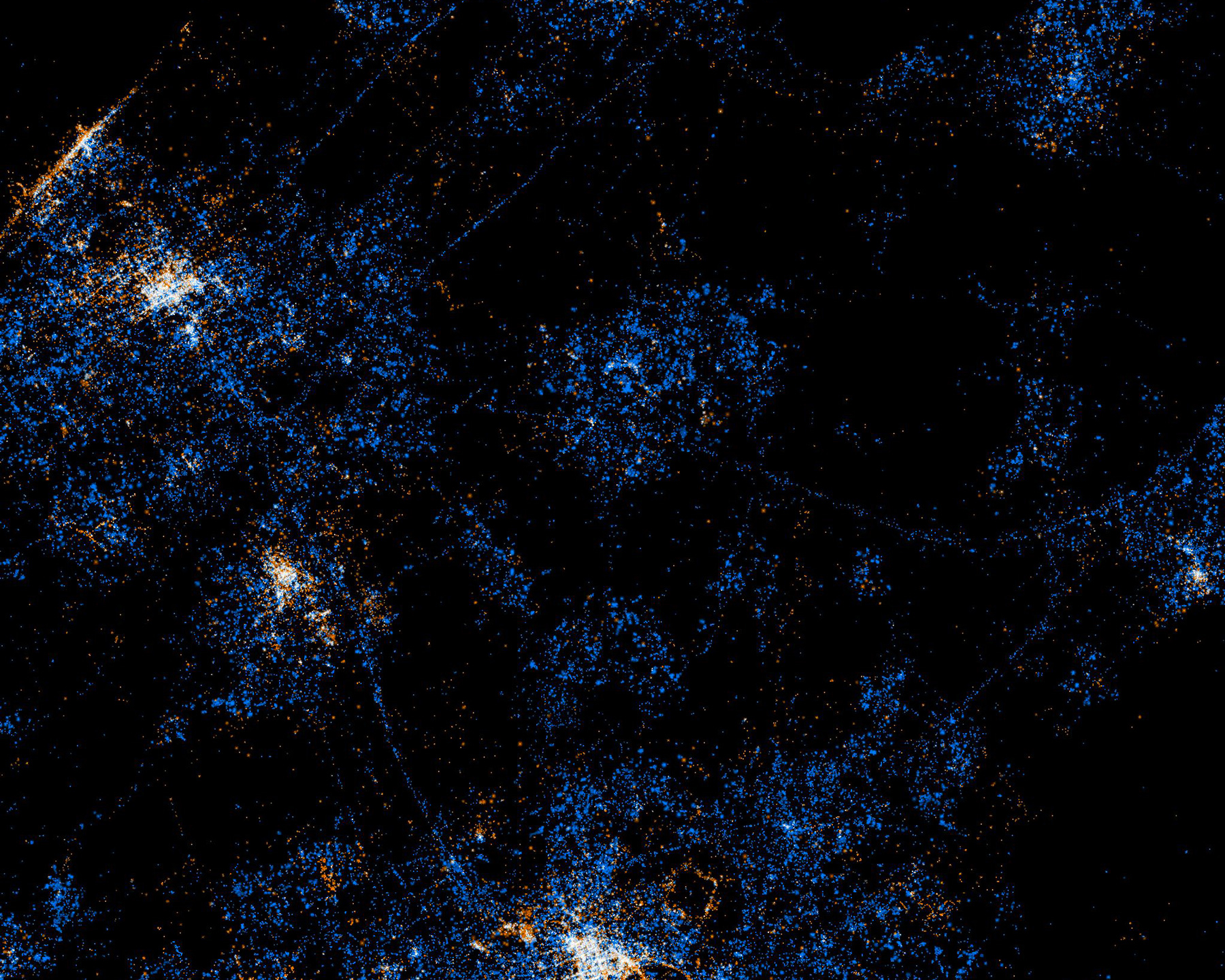Digitally augment the sensoriality of experience
The habitele is a dynamic world, but can it be viewed as being a “living” one? When discussing your work, Michel Lussault used the term digital flaneurs. Being moved, being in communion with the world and oneself, drifting… All that is possible, but what about contemplation and the relationship to our senses?
Our connectedness is not limited to technical networks and servers; what is at stake is the possible reconnection to a set of attachments that we have lost, or, in a modern logic, that we have severed. This ties in with the “cosmopolitics” I am working on with Bruno Latour and Isabelle Stengers, to try to understand how the modern movement, by severing our attachments, caused us to also be divorced from nature, animals, and all the sensations that populate our universe and our experience, and also, despite the fact that traditional societies knew better, to be removed from the world of spirits and the dead. The modern model argues that there is only one kind of entity, with a fixed existence rather than a variable geometry. However, the technical connections that we establish lead us beyond this paradigm. We learn to live with entities that aren’t, strictly speaking, human, but that represent humans, such as Facebook profiles and Uber accounts, which we “like” or “rate,” or even undetectable “bots” Robots or virtual assistants .
Cyberspace cannot be reduced to a mere set of “disjoined” data. It can teach us to live with living memories. Connectivity is not a replacement for the sensoriality of experience, it can even augment it. During a walk in the woods with a telephone in hand and your headphones on, modern logic would deem you severed from nature. Yet, if you are capable of “making the forest speak,” as is the case in many civilizations, through a soundtrack that is tied to the living moment, received data, or storytelling, one’s forest experience can be augmented. And the same applies of course to the city and all the spaces that surround us.
When we browse the internet, we often stray away from what we were initially looking for. This serendipity ties in with the idea of flânerie (strolling around) and drifting. Associations are formed and encounters are magnified by digital technology, which bundles sensory experience with an additional layer related to information, social networks, events, and so on. The properties of experience are then transformed according to a contingency that might also be shared. Seeing several people looking at the same mobile device has now become commonplace. Imagine that this turns into a projection tool, you will then have the possibility to transform a place, a moment, or a collective experience into something that is completely different. This connectivity allows for “free associations,” to put it in psychoanalytical terms, and this is what makes it interesting. Serendipity, which is the complete opposite of the philosophy of technology as a master, opens up a number of new possibilities, potentialities, and virtualities, in the original sense of the term.
Immersion is highly sought after in the digital experience of today. Contrary to the belief of the moderns, we are never outside. We are inside something throughout our entire existence as human beings, beyond even our prenatal life. I consider that the development of devices that give tangible reality to this interiority is very important, much more than owning tools that make it possible to master the world from above, particularly given that it could help us reduce our modern disconnection from the world. One of the key ideas of the habitele thus converges with what Donna Haraway calls a “becoming-with,” that is, a collective transformation that must help us generate “becomings.”
This article was initially published in Stream 04 – The Paradoxes of the living in November 2017.
order the book-magazine










